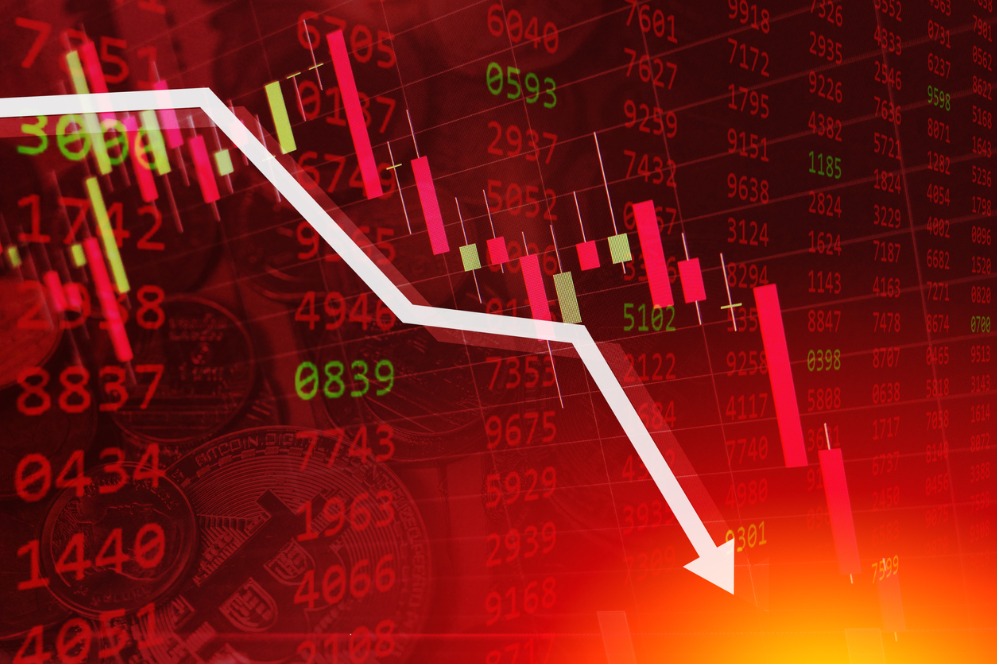
[ad_1]
Losses stemmed from numerous severe regional storms
Figures and statistics from reinsuring giant Munich Re reveal that insured global losses in 2023 broke through the 10-year average, with losses sitting at US$95 billion.
In 2023, natural disasters worldwide led to approximately US$250 billion in losses, mirroring the previous year’s figures. Insured losses, however, were lower than the previous year’s US$125 billion. The overall losses align with the five-year average, while insured losses fell slightly below the average of US$105 billion.
Unlike past years, there were no significant disasters in industrialized countries contributing to these figures, unlike events such as Hurricane Ian in 2022, which resulted in US$100 billion in overall losses and US$60 billion in insured losses.
The year’s losses were largely due to numerous severe regional storms, particularly in the USA and Europe, marking unprecedented thunderstorm losses. In North America, damages reached around US$66 billion, with US$50 billion insured, while Europe saw losses of US$10 billion, with US$8 billion insured. Research suggests a link between climate change and severe weather patterns, including thunderstorms.
There was a notable increase in fatalities from natural disasters in 2023, rising to 74,000, far exceeding the annual average of 10,000 over the past five years. A series of devastating earthquakes led to the majority of these deaths, with around 63,000 fatalities attributed to geophysical hazards – the highest since 2010. However, economic losses were predominantly due to severe storms, accounting for 76% of overall losses, while geophysical causes represented 24%.
2023 was also notable for exceptionally high temperatures
The year 2023 was marked by exceptionally high temperatures. Global averages until November were about 1.3°C above pre-industrial levels (1850–1900), making 2023 potentially the hottest year on record. This trend, which researchers largely attribute to climate change, was influenced in part by the El Niño phenomenon. Record-breaking seasonal temperatures were observed worldwide, leading to significant wildfires in regions like Canada, where over 18.5 million hectares were destroyed.
Ernst Rauch, chief climate scientist, emphasized the need for society and industry to adapt to evolving risks due to climate change. He pointed out the increasing loss potential from extreme weather events, underpinned by higher temperatures and moisture in the atmosphere.
“Society and industry need to adapt to the changing risks – otherwise loss burdens will inevitably increase. Analyzing risks and the changes to them is hardwired into Munich Re’s DNA. That is what enables us to consistently offer insurance covers against natural disasters – and even to expand them. This allows us to cushion a portion of the losses and alleviate some of the hardship caused,” Rauch said.
The year’s most devastating event was a series of earthquakes in southeast Turkey and Syria, with the most severe, a 7.8-magnitude tremor, being the strongest in Turkey for decades. It resulted in 58,000 deaths and significant infrastructural damage, with overall losses around US$50 billion, but insured losses were only US$5.5 billion.
Typhoon Doksuri in China and Hurricane Otis in Mexico also stood out as major disasters, with experts linking these events to climate change patterns that included more intense and rainfall-heavy storms.
“The year 2023 was once again characterized by extremely high insured losses from natural disasters, despite the fact that there were no extreme individual losses. This underlines the important role that insurance plays in cushioning the consequences of natural disasters,” Munich Re board member Thomas Blunck said.
What are your thoughts on this story? Please feel free to share your comments below.
Keep up with the latest news and events
Join our mailing list, it’s free!

[ad_2]
Source link


